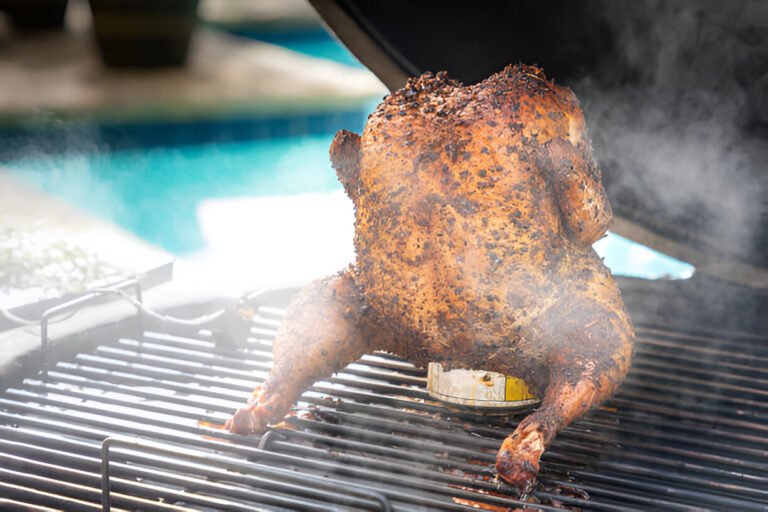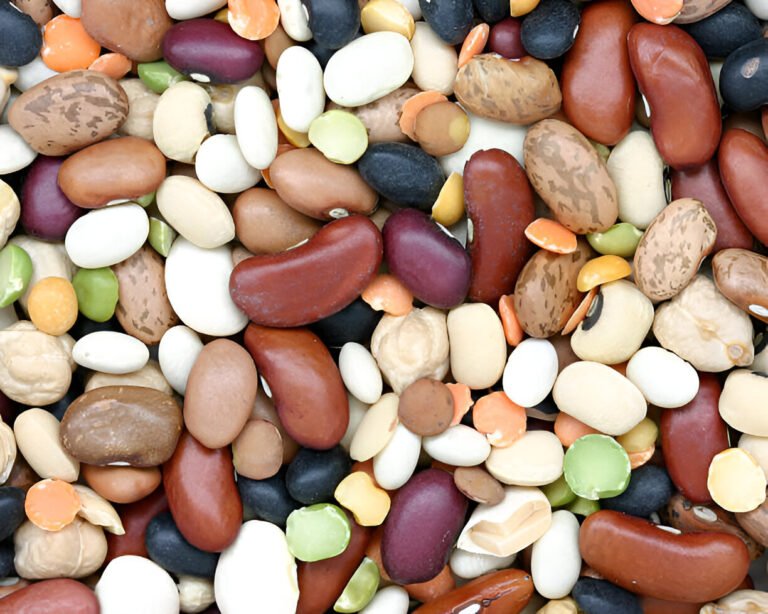Why Add Sugar to Boil Corn on the Cob? A Sweet Secret Unveiled
Throughout my years of cooking, I have developed a great passion for experimenting with various kitchen techniques, which have proven to be quite fascinating.
One tradition that piqued my interest is adding sugar when boiling corn on the cob. It might initially seem strange, but there’s a reason behind it.
So, why add sugar to boil corn on the cob? Today, I’ll shed light on why some people choose to enhance the natural sweetness of corn with a touch of sugar during the cooking process.
Why Do People Add Sugar When Boiling Corn on the Cob?
Adding sugar to the pot when boiling corn on the cob [1] is a clever trick to make it taste even sweeter. People do this to bring out the natural sweetness of the corn.
“All the food we eat – every grain of rice and kernel of corn – has been genetically modified. None of it was here before mankind learned to cultivate crops. The question isn’t whether our food has been modified, but how.”
– Michael Specter, American Journalist
It’s like putting sugar in your tea or coffee to make it more enjoyable. While boiling, sugar dissolves and blends with corn.
The best part is that you can adjust sugar to achieve your desired corn sweetness.But what meat can you cook with corn on the cob?
How Much Sugar Should Be Added When Boiling Corn On The Cob?
About two tablespoons of white sugar is a common amount, but you can adjust it to match your sweet tooth. When you cook corn in sweetened water, the sugar blends with the corn as it boils.
This enhances the natural sweetness of the corn, making it more flavorful and delightful to eat.
| Check out: Simple Tricks for Making Canned Cream Corn Better. |
Should Corn On The Cob Be Placed In Boiling Water Or Cold Water Initially?
When boiling corn on the cob, it’s best to start with COLD water in the pot.
Placing corn in cold water allows it to heat up along with the water gradually. This gentle approach helps the corn cook evenly and retain its sweetness and crunchiness.
If you start with boiling water, the outer layers of the corn may cook too quickly and become overcooked, while the inner parts remain undercooked. Find out how you can keep the corn on the cob warm here.
How Many Minutes Does It Take To Boil Corn On The Cob Properly?
Boiling corn on the cob to perfection is a quick and easy process. Achieving that ideal crisp-tender texture and bright yellow kernels usually takes around 4 to 5 minutes.
Here’s how it works: when you place corn in boiling water, the heat cooks the kernels swiftly, ensuring they’re tender but not overdone.
This brief cooking time preserves the corn’s natural sweetness and juiciness. Remember, overcooking can lead to mushy corn, so keeping it within this time frame is key.
Should Salt Be Included In The Water When Boiling Corn On The Cob?
While adding salt to boiling water for corn on the cob is a common way, it can result in tougher and less succulent corn, making it a less recommended practice.
The salt draws out moisture from the corn, which can result in a less enjoyable texture. Instead, it’s better to skip the salt while boiling and save it for later seasoning.
On the other hand, adding sugar to the water before it boils can enhance the corn’s natural sweetness without negatively affecting its texture.
What Are the Advantages of Boiled Corn on the Cob?
Boiled corn on the cob offers several benefits. Firstly, it provides an abundance of vital vitamins and minerals such as B, iron, magnesium, and zinc .
These nutrients support overall health, promoting better heart function and an improved immune response.
“Just as a pinch of sugar can brighten your day, it can also brighten the flavor of your corn on the cob.”
Moreover, lutein and zeaxanthin, which are beneficial to your eyes and help maintain sharp vision, are abundant in corn on the cob. These nutrients can contribute to better eye health as you age.
Lastly, it provides essential amino acids, the building blocks of proteins, crucial for muscle and tissue repair.
FAQs on Adding Sugar to Boil Corn on the Cob
What causes the bland taste in my corn on the cob?
The bland taste in your corn on the cob may be due to a shift in its sugar-to-starch balance. Freshly picked sweet corn is naturally high in sugar and tastes sweeter.
However, as corn sits after picking, the sugar content decreases and starch levels increase, leading to less flavorful and texturally different corn when cooked.
Is it possible to soak corn on the cob for too long?
Yes, you can soak corn on the cob for too long. But avoid soaking it for more than 8 hours, as prolonged soaking can make the corn excessively soft and salty.
How can I add taste to my corn on the cob?
Try spreading Parmesan butter, adding a sweet and spicy glaze, or using seasoning salts to enhance the flavor of your corn on the cob.
What is the preferred cooking method for corn?
The best way to cook corn is by steaming it. We prefer steaming because it helps retain more of the corn’s natural nutrients than other methods.
It ensures that your corn tastes excellent and remains highly nutritious.
How can you tell when corn on the cob is done?
A few key signs indicate the completion of corn on the cob. The yellow color will become more vibrant, and the kernels will appear plumper.
Lastly, when you poke a kernel with a sharp knife, it should feel tender. But how can you freeze cream corn?
Final Words
The simplicity of boiling corn on the cob makes it a delicious and easy way to enjoy this summer favorite.
To recap, I’ve shared that adding sugar to the boiling water enhances the corn’s natural sweetness, while starting with cold water ensures even cooking.
Also, you must remember that boiling corn on the cob preserves its vitamins and minerals, like B vitamins, iron, magnesium, and zinc; it provides nutrients like lutein and zeaxanthin for eye health and essential amino acids for overall well-being.
So, next time you’re in the kitchen, consider these tips for a tastier and healthier corn-on-the-cob experience.

Kathy is a restaurateur, artist, and blogger. After spending more than 10 years in the restaurant industry, she has decided to go digital and share her expertise and experience online.






